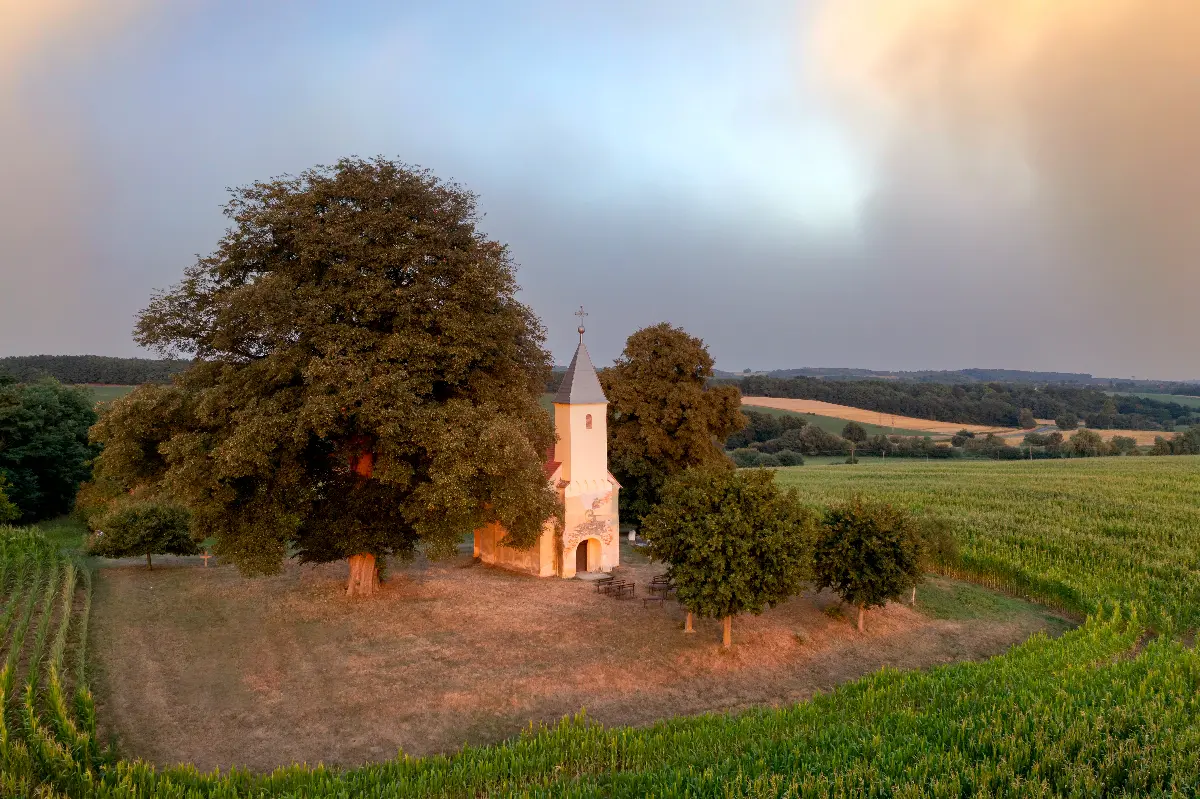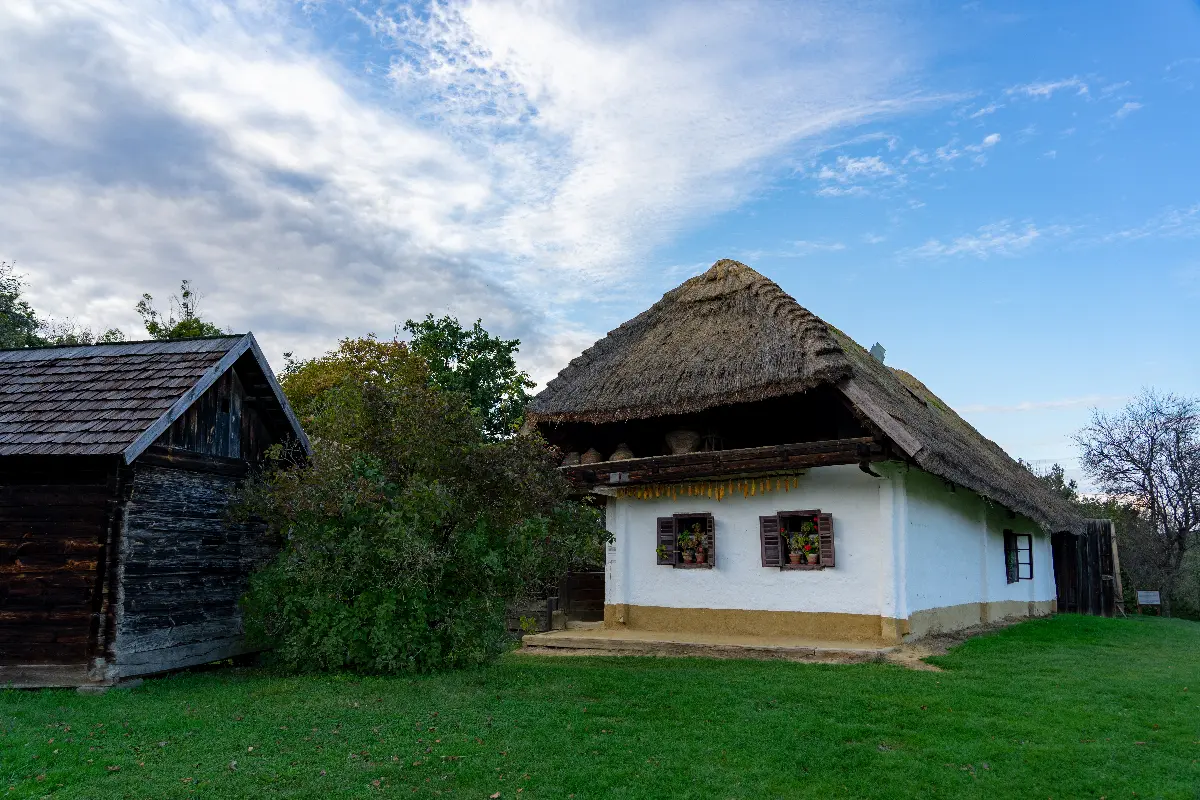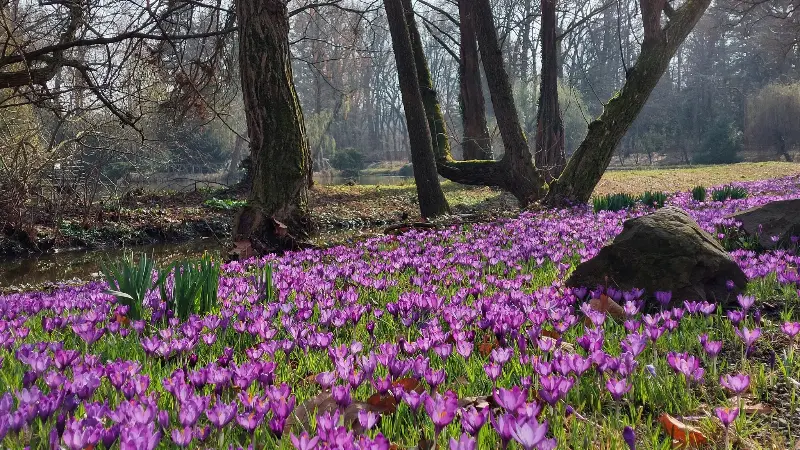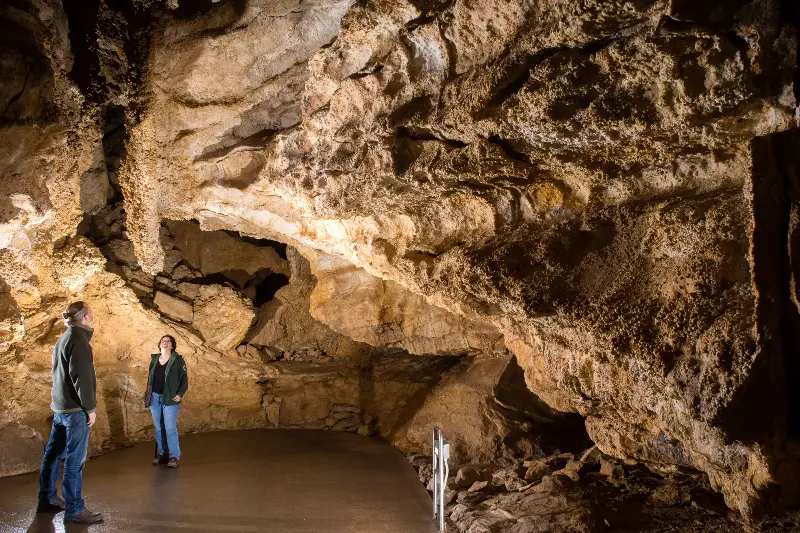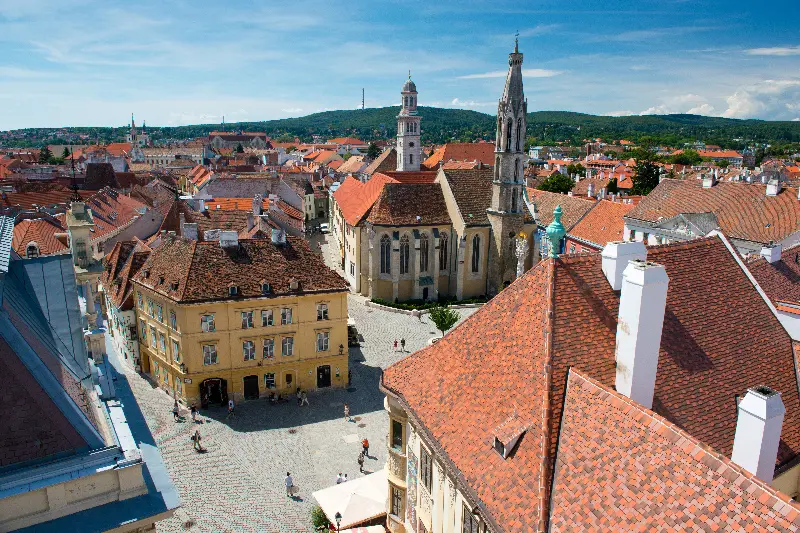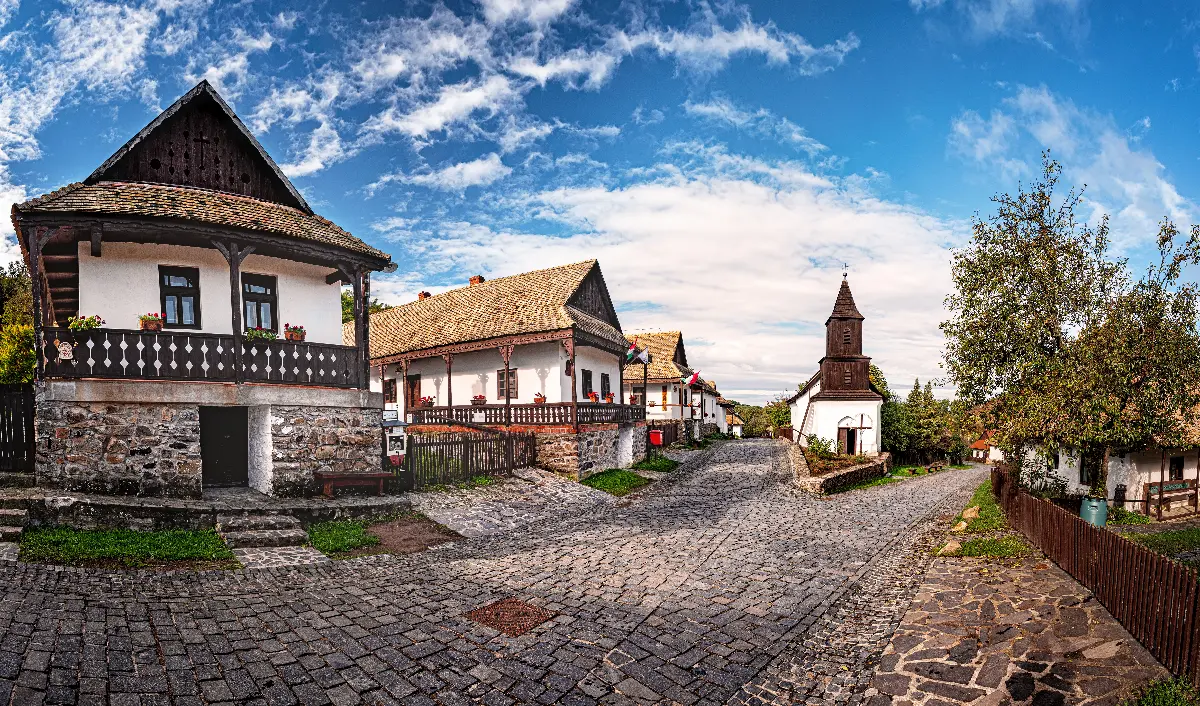
Helyszín címkék:
Basin, Pasta, Hutch: Go for a nostalgic walk in the open-air ethnographic museums (“skanzens”) of Hungary!
Bodrogi Brigitta
The Skanzen in Szentendre: the greatest open air museum in Hungary
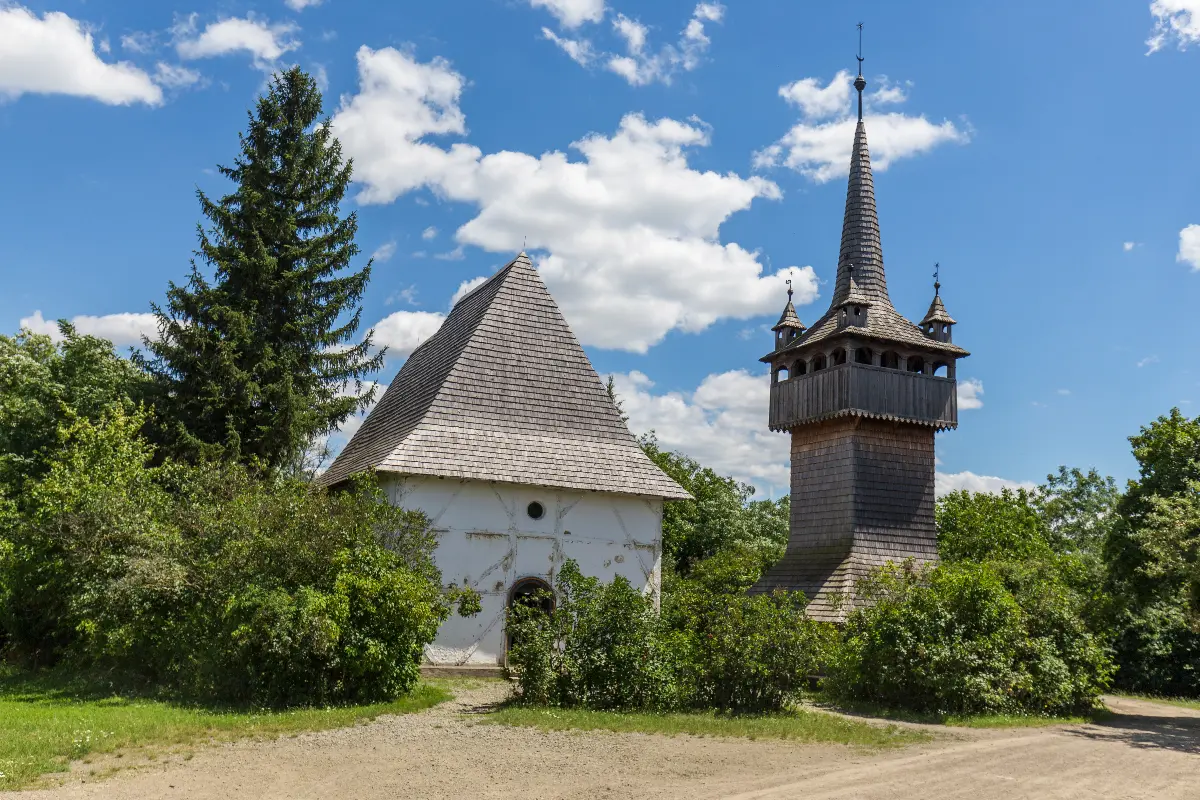
Hearing the word “skanzen” most Hungarians think of the Open Air Ethnographic Museum located in Szentendre, which is not a coincidence, as this is the biggest skanzen of Hungary. The attraction presenting the rural heritage in village-like groups of buildings won numerous awards. The (mostly) original and relocated buildings present the architecture and the lifestyle of the past with captivating details. Visit the authentic peasant houses, community and farm buildings. Get familiar with the daily life of past artisans and gain knowledge that can be practical even nowadays regarding herbs and conservation methods.
Skanzen in the Őrség: Őrség Folk Monument Ensemble in Pityerszer
We can’t deny that the Őrség is one of Hungary’s most atmospheric regions – visiting this unique milieu is a defining experience in itself. Especially if one passes through Szalafő which is the most archaic village in the Őrség. This village consists of eight so-called mounds (“szer” in Hungarian), the most beautiful of which is Pityerszer where the stunning memories of folk architecture await you. This open-air village museum presents everything that the past had to offer to the ancestors of Hungarians, as the buildings were restored to their original appearance. Take a look at the famous “rounded house” or the “tóka” (small lake, pond) that served for the collection of livestock water, and make sure you have a look at the “multi-story kástu” (storage chamber for food) that is the only one in Hungary! A few hundred metres from the skanzen Eurasian wild horses and bison are grazing.
The first open-air museum in Hungary: the Göcsej Village Museum
The open-air ethnographic museum located in Zalaegerszeg is one of the most important ones in Hungary, since this was the first skanzen of the country. Let the regions of Göcsej and Zalaegerszeg take you back in time: discover the daily use objects of the region, the blacksmith's workshop, the watermill, the wooden church with thatched roof or the skirted belfry – typical of the area. Do not miss the oldest house in the skanzen, the originally 18th century smoky house and get to know the Carpathian Basin’s contemporary folk costumes.
Living Open-Air Museum in Ópusztaszer

Experience the everyday life of peasants in Ópusztaszer, in the Open-Air Ethnographic Museum! The realistic collection is not only famous for its impressive buildings; here, farmers wearing traditional costumes and the iconic figures of the interwar period (gendarmes, shepherds) present the everyday life of former peasants as a “living skanzen”. Taste contemporary sweets and oven-baked delicacies, walk around the building complexes, and take part in a nostalgic lesson at the skanzen’s school!
Village museum in Hollókő: a storybook that came to life
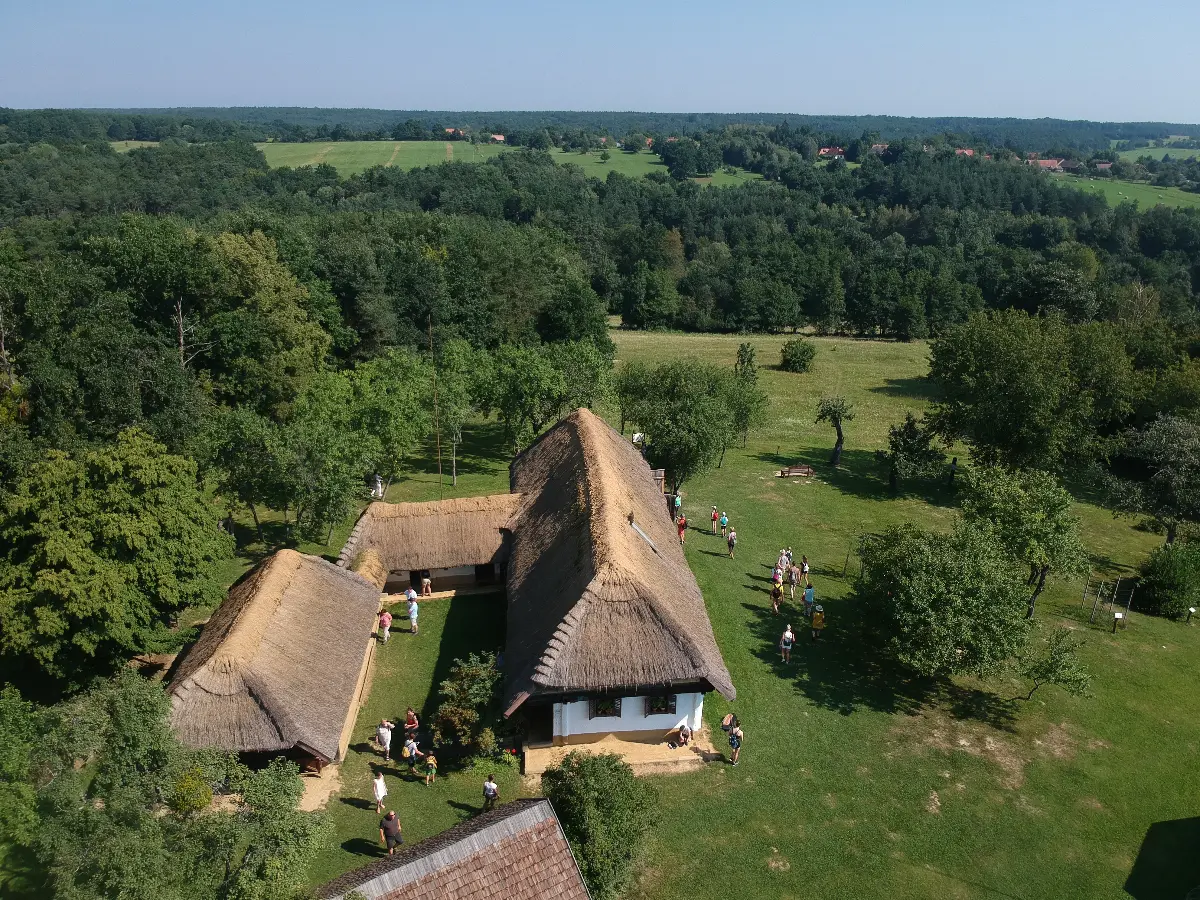
We are not exaggerating when we say: Hollókő is the nostalgic miracle itself! We guarantee that the curving, cobbled streets, the whitewashed houses with porch and the luxuriant wooded landscape sweeps you off your feet in a few minutes. This village preserves the image of a small village inseparably connected to the landscape, relying on the agriculture. The Village Museum of Hollókő is located in a robust building that functioned as residential house back in the 1870s. Admire the contemporary furnishings and utensils in the peasant house hosting the ethnographic exhibition: be part of the life of a family of three from the early 20th century.

